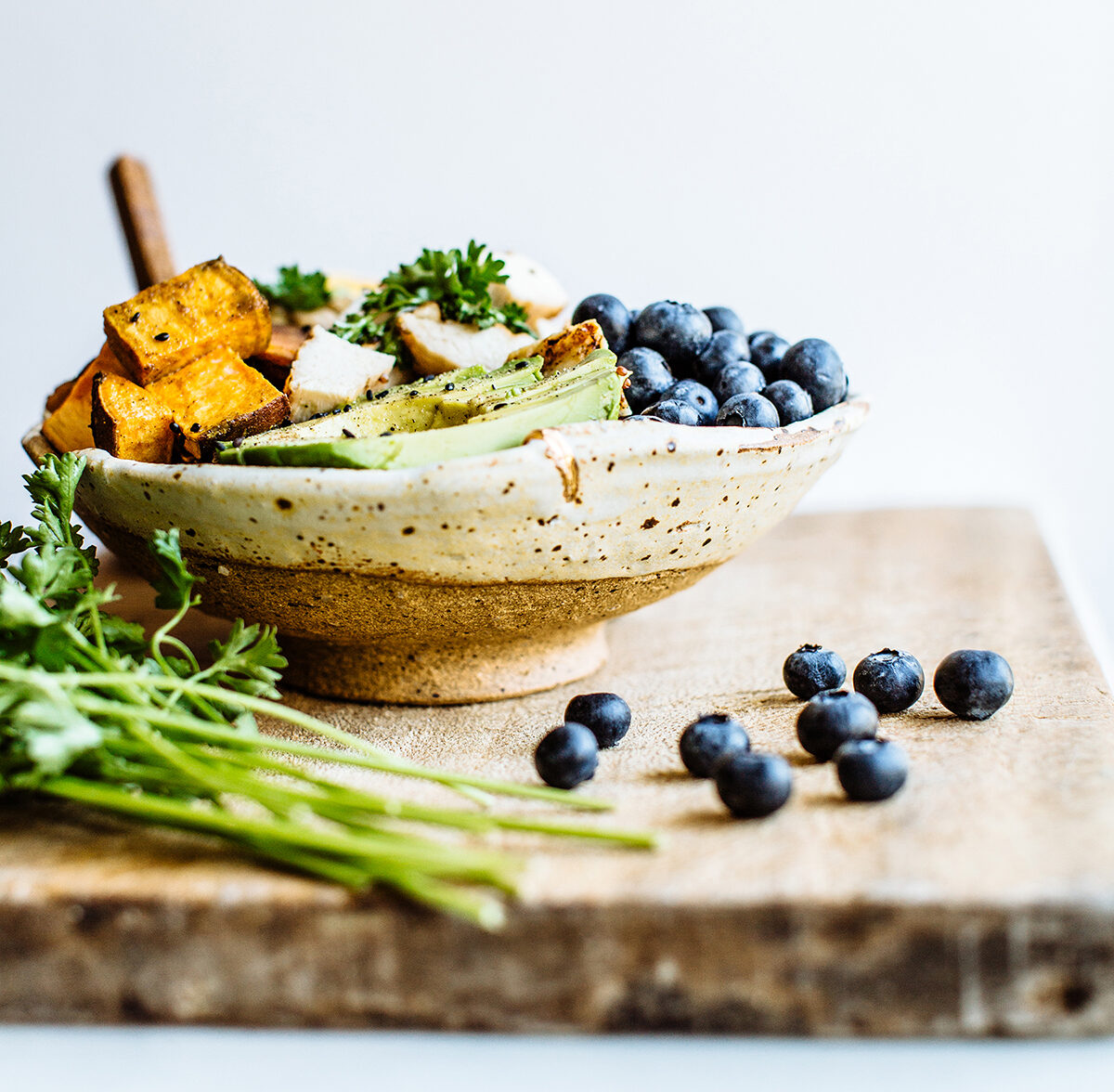Have you ever trained for a race and felt like things were going really well, yet you were not getting fitter or faster, you were putting on body fat, your energy was waning, and your legs felt heavy and tired? Or maybe you were feeling strong for a while and then suddenly found yourself with a bone fracture, painful plantar fasciitis, or other injury? If this has happened to you, and you’ve wondered, what the heck is happening? Listen up.
You may need to evaluate how you’re fueling your training.
The majority of everyday female athletes that I talk with are training with low energy availability. This can easily turn into Relative Energy Deficiency in Sport (RED-S) if not addressed. Even if you are not dieting, confident you are eating well, and do not shy away from carbs, you may be struggling with low energy availability.
Here are 3 ways to ensure you’re eating enough and supporting your training to prevent low energy availability with clarity and intention, utilizing functional nutrition support.
1. Calculate your Total Daily Energy Expenditure (TDEE)
In a perfect world, we would all eat based on our body’s natural hunger and fullness cues. This is how we were born to eat before diet culture and food rules take over our thinking (even unintentionally or subconsciously!)
The tricky thing for athletes is that when we exercise, our hunger decreases. High intensity or long duration activity causes the body to divert blood away from the GI system to the working muscles which slows digestion. Ghrelin, the hormone that stimulates appetite, is suppressed after exercise and the hormone Peptide YY which suppresses hunger increases after exercise.
This is where many active women can easily fall into low energy availability (LEA) and start to see bone loss, hormone and period changes, and chronic fatigue. We need to eat enough to support our activity, even if we don’t feel hungry. This can be HARD when we are learning to listen to natural hunger cues and recovery from dieting mentality.
To work around this, we need to know how much energy our body is using up so we know how much energy to consume. This is why TDEE is important.
Total daily energy expenditure includes our resting metabolic rate (the amount of energy we use to just be alive), the thermal effect of food (how much energy it takes to eat and digest what we eat), our daily activities and our training.
TDEE is generally calculated by multiplying our resting metabolic rate (RMR) by an activity factor determined by how active or intense our movement and training is. The key is making sure this activity factor is appropriate for our training level. As training increases closer to race day, this number will also increase. This means we need to be eating more food over the course of training. And yes, that is scary for most female athletes!
Summary: We want to make sure our Energy Intake equals our Exercise Energy Expenditure AND our Energy Availability.
RELATED: You Need To Eat More (Not Less!) To Reach Your Fitness Goals
2. Create balanced meals.
So once we calculate how much we need to eat, how to we put this into practice?
We start with protein. We need adequate protein to repair and rebuild muscles after training. We then add carbs, fat, and fiber in varying amounts based on training volume, intensity, and preference.
Yup, sorry. There’s not a black and white formula here. All our bodies are different and have varying degrees of preference for what carb to fat ratio works best. It takes some playing around, practice, and in many cases, help from a nutrition professional to get to the right balance for you.
And the real struggle is that every training cycle may be different to. What works for this one may not be what your body needs for the next one.
Why is this? We also have to take into consideration:
- what other stressors are impacting your body right now?
- how much sleep and rest are you getting?
- how does training vary from cycle to cycle?
- what’s going on in your mind/thoughts?
- how has nutrition been in between training cycles?
- are there any labs that indicate suboptimal iron recycling, blood sugar swings, adrenal stress, electrolyte imbalances, or gut dysbiosis? These all impact nutrition and energy availability!
Summary: Balanced meals matter and include protein, healthy fats, carbs, and fiber rich foods in a ratio that works for your body and your training goals.
RELATED: How to Balance Your Blood Sugar (and Why It Matters!)
3. Do a stress audit
If we want to work on creating balanced meals for our training needs, we need to also evaluate the stressors impacting our body at the current moment. Doing a stress audit can help to see all the different things coming at us that we may not realize or don’t see the compounding effect of until we write it out (yes, I want you to put this all to paper!)
What to evaluate:
- how many hours of sleep are you getting per night? Are you waking feeling rested?
- how many days off from training do you have per week and per month?
- how many training days are hard workouts vs easy?
- what other life stressors are you managing outside of training?
- are you implementing DAILY stress management tools? If not, where in your day can you prioritize time to add one?
Stress matters because it directly impacts metabolic rate and digestion which can lead to less hunger. Less hunger means we tend to eat less calories than we need, and then starts the slippery slide into imbalanced energy availability.
Summary: Stress outputs need to be balanced by sufficient restorative inputs to keep energy availability in balance.
RELATED: How to Have Your Best Ever Race
These three things are foundational to supporting nutrition and energy needs during any training cycle. They’re also important in the down season in between training! The best thing you can do for your race goals is to show up to day one of training fueled and ready to go.
By implementing each of these steps, you can ensure you’re eating enough and supporting your training to prevent low energy availability with clarity and intention, utilizing functional nutrition tools to get there.
Do you have an upcoming race planned?
If so, you want to start looking at energy needs, creating nourishing meals, and managing stress NOW before training gets into full swing.
I have a variety of coaching options for personalized testing and support to address each of these steps and ensure your training season starts strong and well fueled!
Not quite ready for personalized support? Join Fuel Your Best Race for all the information you need to craft a DIY plan to get you to the starting line fueled and confident.


